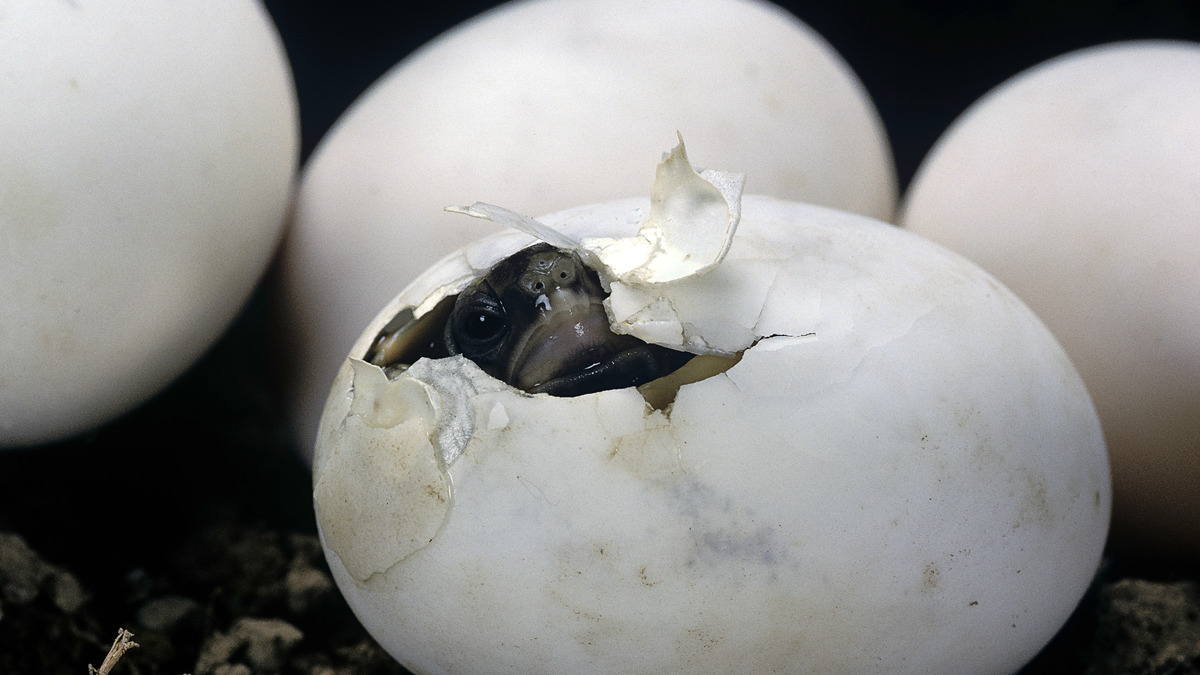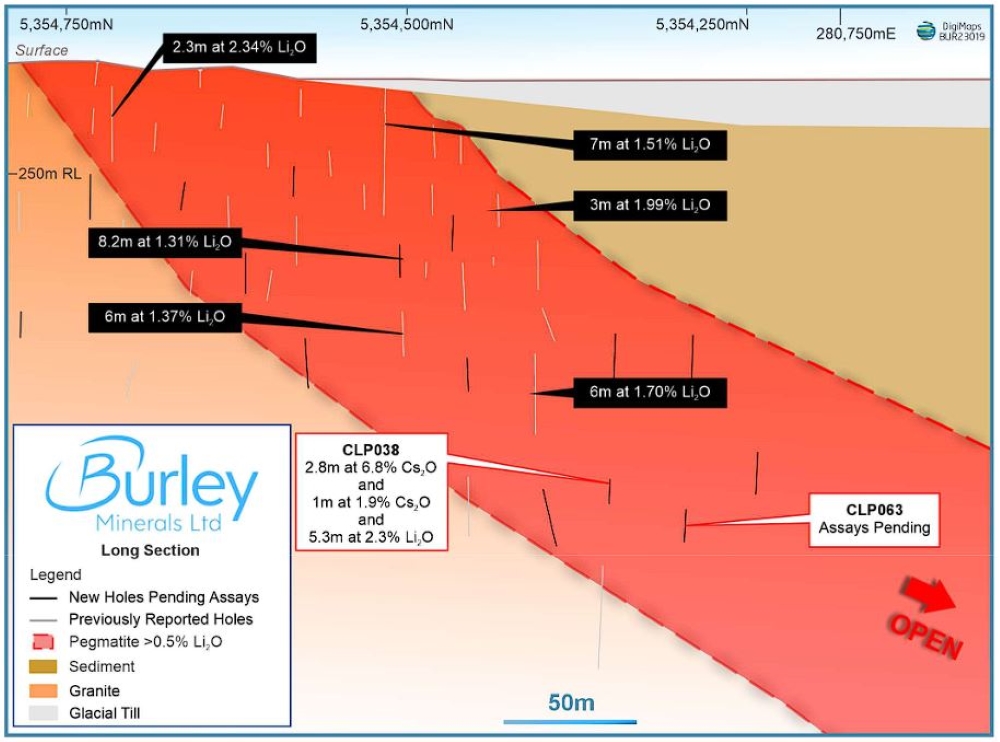Could Burley’s Chubb project become just the world’s fourth commercial-scale caesium operation?

Burley Minerals could be on the cusp of cracking open the world’s fourth caesium mining operation. Pic via Getty Images
- Up to 8% caesium has been discovered within pollucite at Chubb’s Main Dyke
- Burley’s executive team has experience mining one of only three commercial-scale caesium mines ever developed
- High-grade lithium up to 3.9% Li2O has also been intersected
- Ongoing drilling aimed at culminating in a maiden lithium resource within six months
Special Report: While proving up the Chubb project’s lithium endowment, Burley Minerals has stumbled upon high-value pollucite intersections which are globally recognised to have the highest concentrations of caesium of any mineral.
Primary play caesium (Cs) mining operations are rare because of the scarcity of sizeable pollucite deposits – the only mineral known to contain high grades of Cs and found in very highly fractionated lithium-caesium-tantalum (LCT) pegmatites.
Naturally occurring caesium is not radioactive and is currently used as a specialty oil well fluid –caesium formate – and in a range of other high-value chemicals for specialised research projects and high-tech applications.
Only three commercial-scale deposits of pollucite have ever operated worldwide and none are currently mining pollucite.. So, when a pollucite resource is discovered, it is mined, and sold – at a rapid pace.
Progress at Chubb
Burley Minerals’ (ASX:BUR) Chubb lithium project is just 25km north of the mining community of Val-d’Or in the heart of the emerging world-class Abitibi lithium province of Québec, Canada.
Diamond drilling recently extended spodumene mineralisation within the Main Dyke more than 560m in length and 200m in depth, showing Li2O grades of up to 1.57%.
It’s nestled within the Manneville deformation corridor, which hosts Canada’s only operating lithium mine, the 58Mt @ 1.23% Li2O North America Lithium (NAL) operation jointly run by Sayona Mining (ASX:SYA) and Piedmont Lithium.
More than 12,000m has been completed since April this year as BUR continues to extend and expand the mineralised zone at Chubb Central. According to the company, the unexpected yet fortunate pollucite discovery supports ongoing drilling and overall project appreciation.
There’s caesium intertwined with the spodumene
Assay data has confirmed high-value pollucite within the southern extent of the spodumene-bearing Main Dyke. This suggests more than 60m of strong caesium mineralisation which alternates with the spodumene within the pegmatite intersections.
The high-value pollucite mineralisation was intersected in holes CLP-038 and CLP-063 through the spodumene-bearing Main Dyke at the Chubb Central prospect.
Best results showed 2.9m at 6.8% Cs2O high-grade pollucite and 5.3m at 2.3% Li2O, including 2.3m at 3.9% Li2O were intersected from hole CLP-038.
Hole CLP-063 was advanced to intersect the Main Dyke ~60m south of the CLP-038 intersection and visual interpretation supported by LIBS scanning suggests 3m of approximately 3-8% pollucite mineralisation and 10m of 5-20% spodumene mineralisation.

BUR non-executive director David Crook says the discovery of pollucite at the Main Dyke of Chubb Central, adjacent to spodumene mineralisation, greatly enhances the importance of the Chubb project to the company.
“To date, deposits of pollucite have not been large, but quality pollucite is a critical mineral of high value, and only three pollucite mines have operated worldwide,” he says.
“One of those mines was the Sinclair caesium mine near Norseman, WA, which was profitably mined by Pioneer Resources when I was managing director.
“Pollucite has only been found in significant amounts in large, highly differentiated LCT pegmatite systems which bodes well for the prospectivity of the Chubb Project for further discoveries of LCT-related minerals.”
This article was developed in collaboration with Burley Minerals, a Stockhead advertiser at the time of publishing.
This article does not constitute financial product advice. You should consider obtaining independent advice before making any financial decisions.
Related Topics

UNLOCK INSIGHTS
Discover the untold stories of emerging ASX stocks.
Daily news and expert analysis, it's free to subscribe.
By proceeding, you confirm you understand that we handle personal information in accordance with our Privacy Policy.








